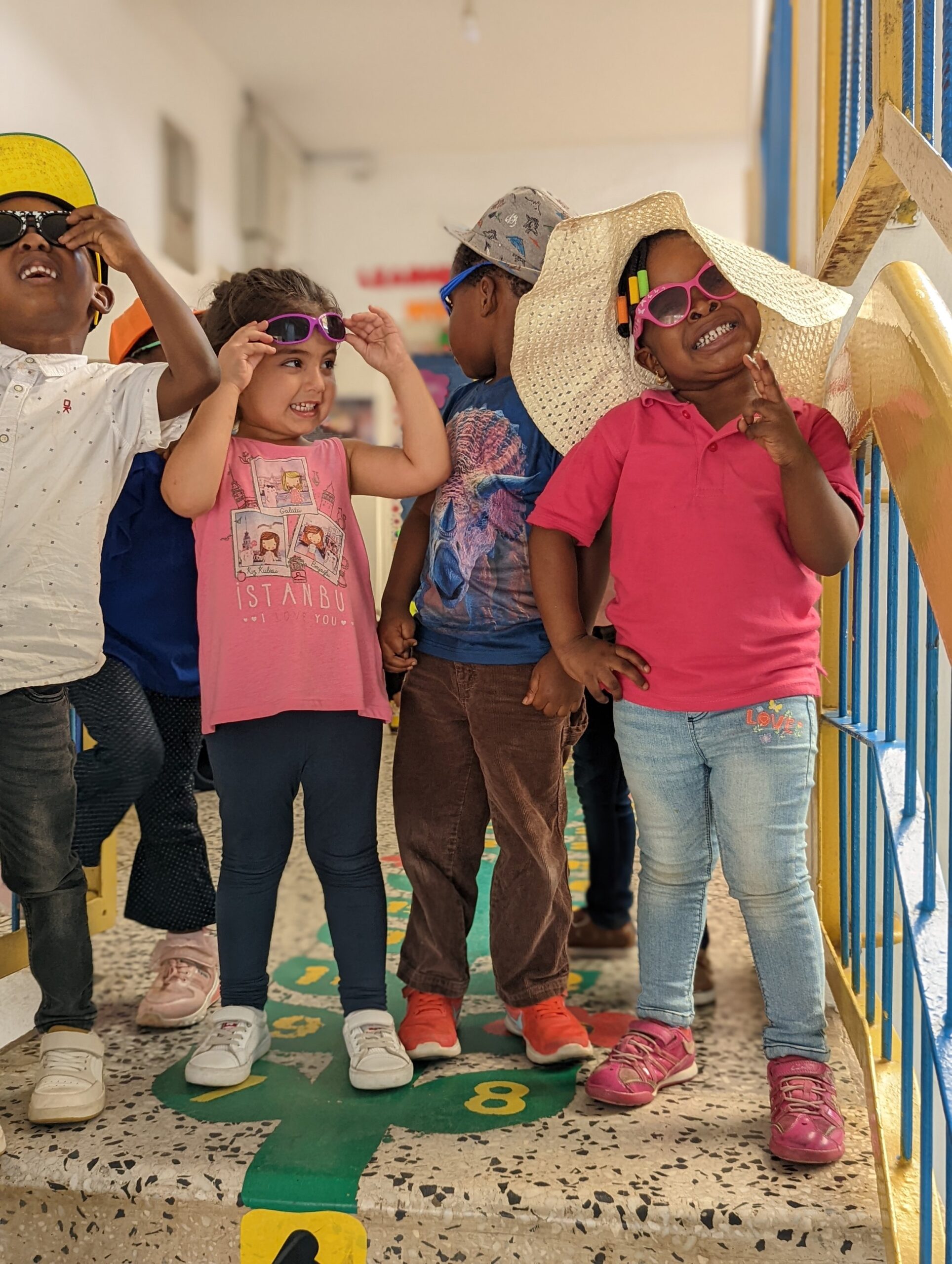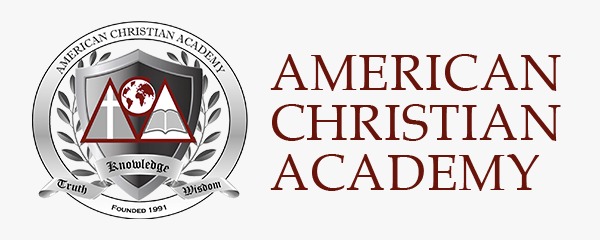About Preschool
ACA’s International fair, a highly anticipated and awaited social event … where all nationalities come together to celebrate international cultures at ACA.
It is an annual event that we usually organize on Children’s Day. International fair is an event which combines a lot of fun activities and a display of varieties of food, dance, music, art and craft from several nations.
This event is a good means for our students to socialize. Parents, staff and students involvement give the child a feeling of their parent’s, teachers’ love for them and their relationship get stronger.
Sponge Reading
The principal of ACA developed her own literacy curriculum for grades creche through pre-kindergarten called Sponge Reading. Teachers focus on a new word every day & find creative ways to interact with that specific word. The expectation is for each child to experience it over 50 times in that day. This could be through educational YouTube videos, crafts, activities, & songs. Children begin recognizing these words in the environmental print of everyday life– such as on road signs, advertisements, & menus.
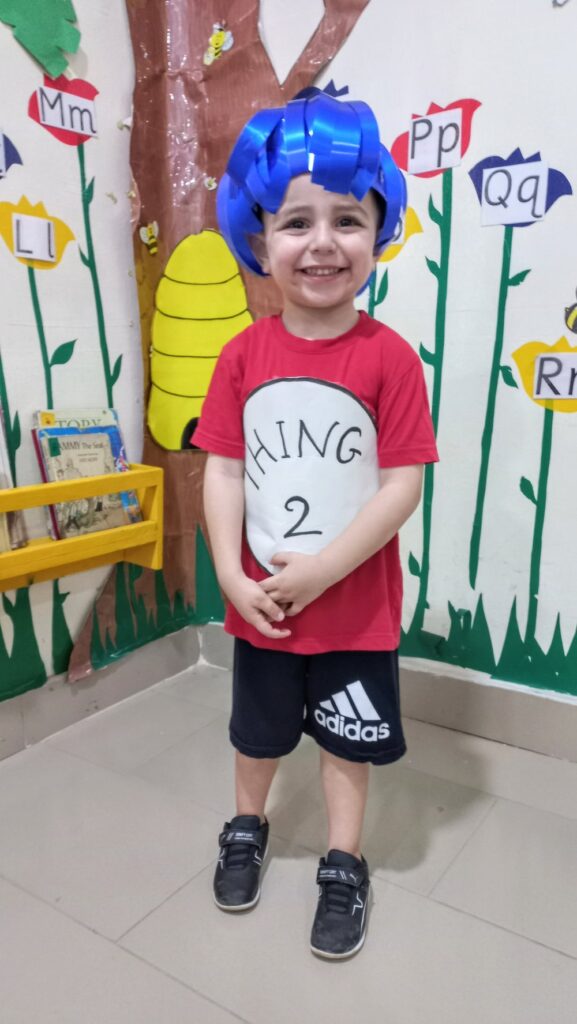
Purposeful Play
Time & time again, studies have confirmed that constructive play is the most beneficial part of children’s day, especially those under the age of five. Children in Preschool spend time working with manipulatives to blend word puzzles in phonics or counting unifix cubes for building math skills. Play also encourages the growth of social-emotional strategies among peers, including sharing, cooperative play (working together), & independence in settling conflict.
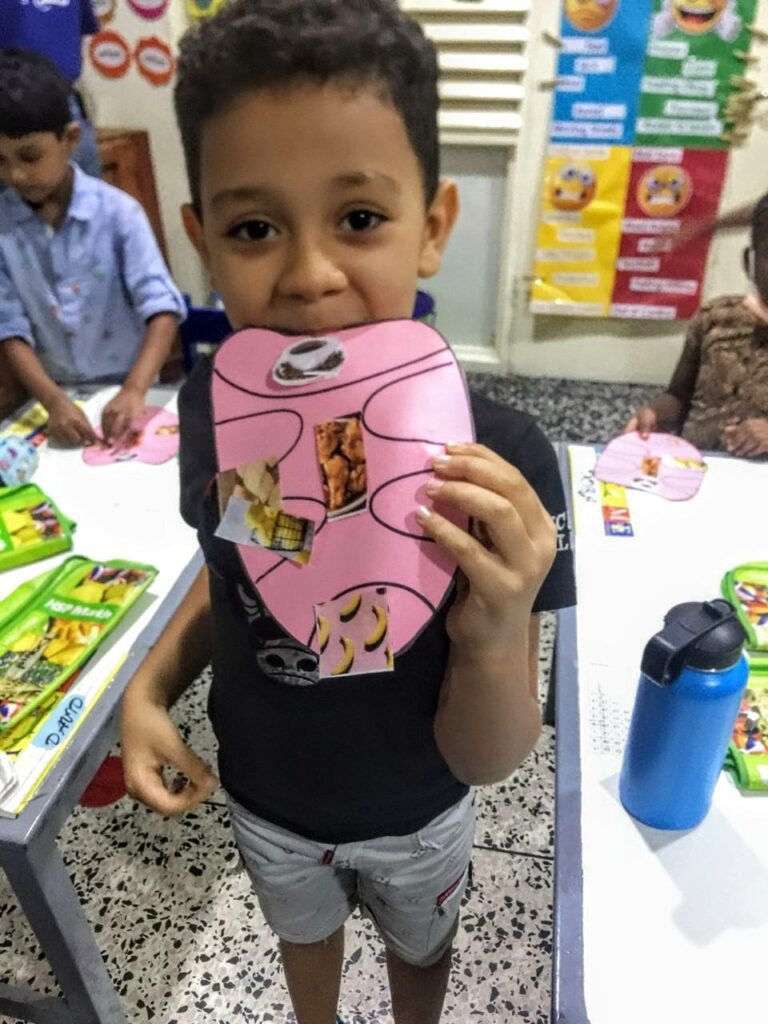
Literacy
In kindergarten, children should be able to blend sounds, identify a minimum of 120 high-frequency words, and read fluently at the pre-primer level. They are expected to attempt inventive spelling to communicate their ideas through writing. Children listen to stories and have opportunities to develop retelling skills using the sequence of events. They are also encouraged to state memorable details as well as their opinions about the text. This helps increase their vocabulary.
Teachers will also be using spellingcity.com as a reference for weekly spelling tests. Handwriting worksheets are also generated from each unit. Each child in kindergarten is registered online with Reading A-Z’s literacy program called RazKids. Children can read leveled books at school and at home, then take comprehension quizzes. Kindergarten teachers use this resource for assessments.
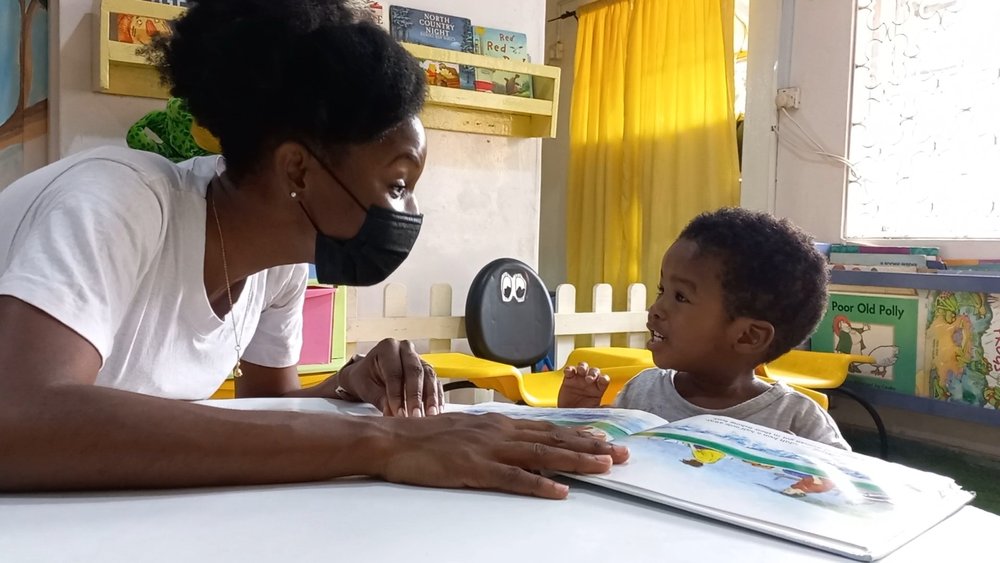
Mathematics
In kindergarten, the two main areas of math focus include: representing and comparing whole numbers and describing shapes and space. Students should be able to count by 2s, 5s, and 10s up to 100; then count to 300 orally. In the area of geometry, KG students should be able to describe their physical world using geometric ideas (e.g., shape, orientation, spatial relations) and vocabulary. Children should be able to consistently sort a group of objects into three, four or more groups based on the objects’ main characteristics.
They identify, name, and describe basic two-dimensional shapes, such as squares, triangles, circles, rectangles, and hexagons, presented in a variety of ways (e.g., with different sizes and orientations), as well as three-dimensional shapes such as cubes, cones, cylinders, and spheres. They should be able to use basic shapes and spatial reasoning to model objects in their environment.

Social Skills
Children should attempt to solve personal problems (e.g. independently resolving conflicts with peers before asking a teacher for help). Kindergarten students are expected to demonstrate empathy by recognizing others’ feelings and being willing to help a friend who is upset or needs assistance. Children are expected to share materials, take turns, respect others’ ideas and collaborate comfortably with their peers. They are also expected to be able to wait patiently for needed help, if the teacher is working with another child. It is expected that children will gradually outgrow behaviors such as crying for attention by the end of their preschool years.
